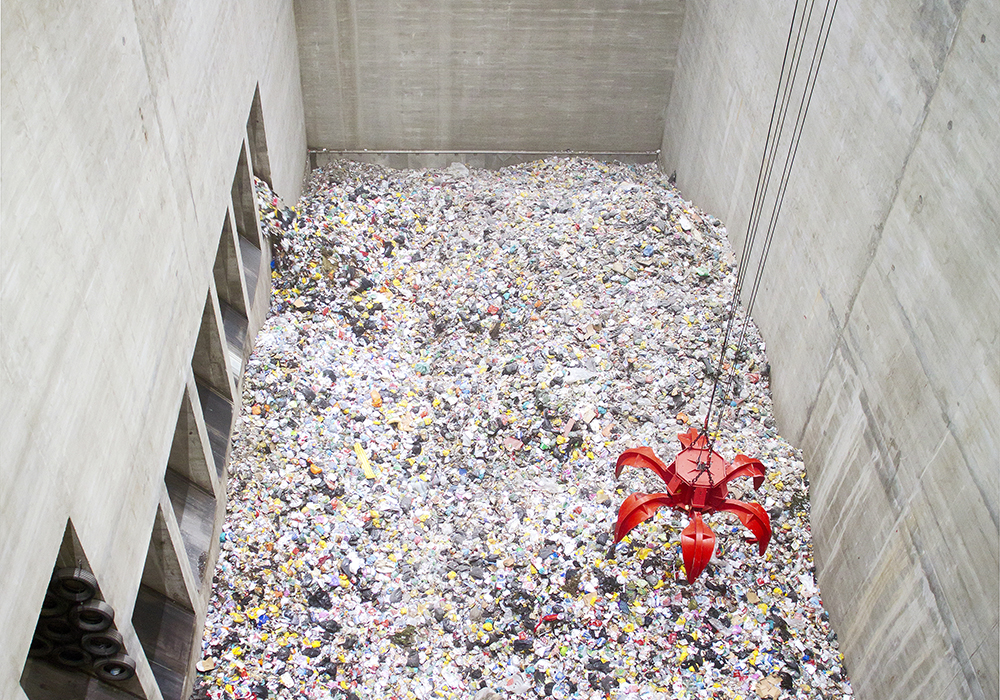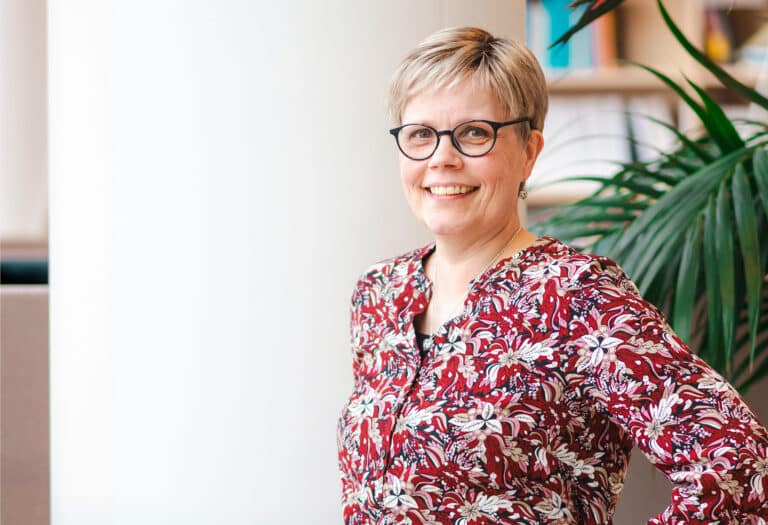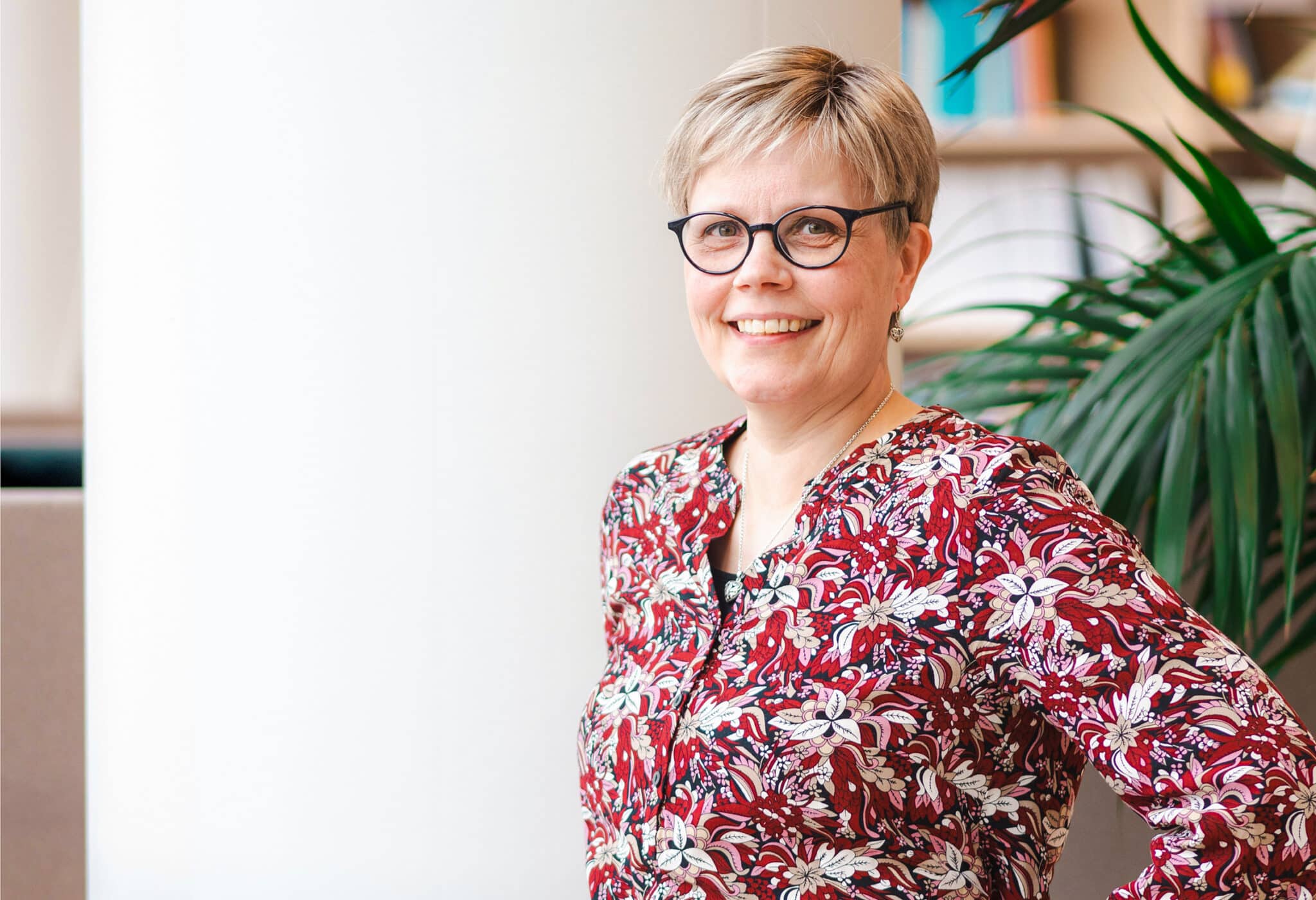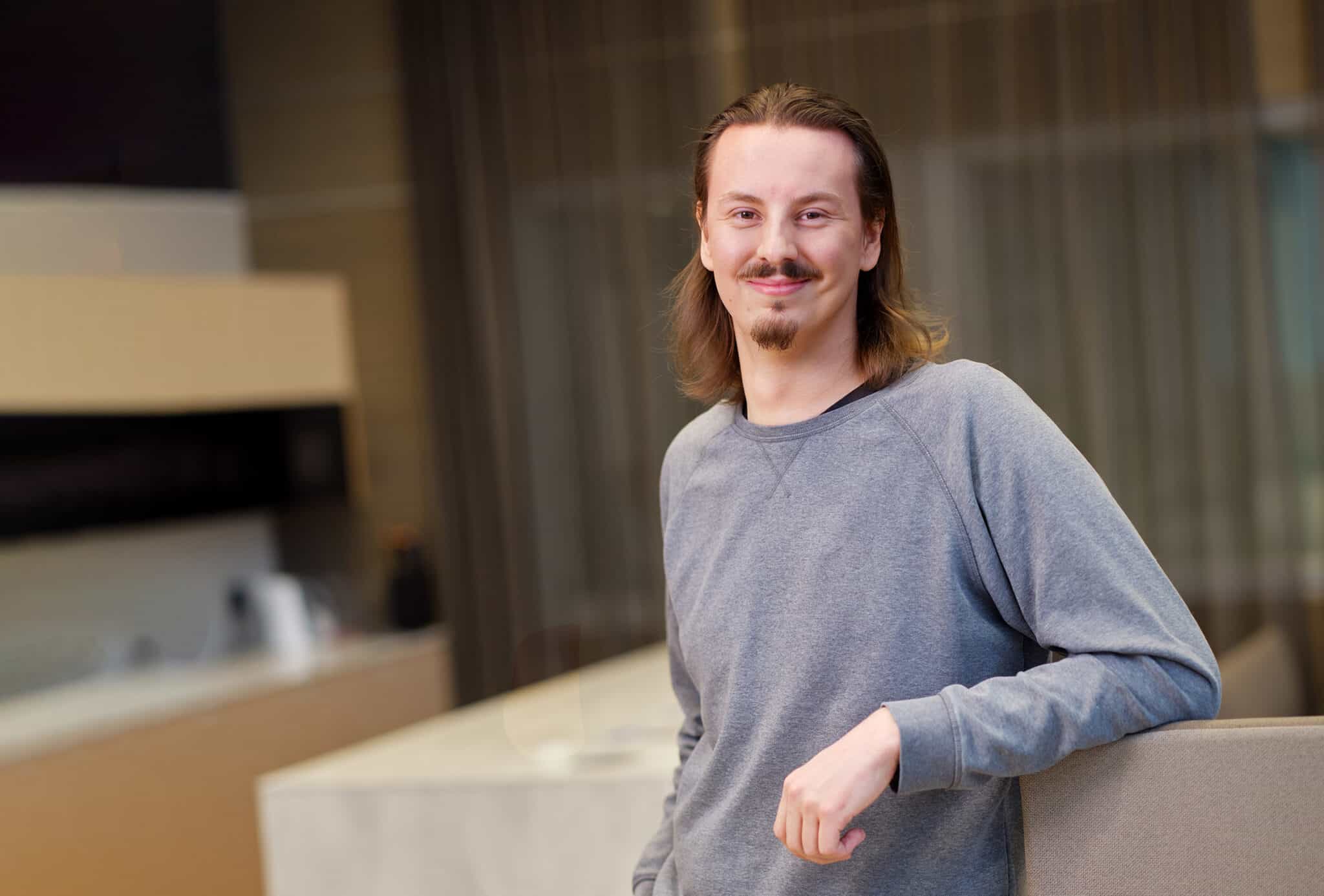At present, coal is used to generate approximately 25 per cent of Vantaa Energy’s heat. According to Production Director Kalle Patomeri, the EUR 140 million waste-to-energy project currently underway will be a decisive step towards becoming a carbon-neutral, circular-economy energy company.
“The expanded waste-to-energy plant will use commercial and industrial waste as a fuel. These are materials that are currently exported because Finland’s waste-to-energy plants have not had sufficient incineration capacity,” Patomeri says.
Burning waste for climate-neutral district heating
Patomeri says that Finland’s cleanest power plant is under construction near the junction between Ring III and the motorway to Porvoo.
“This is the first Finnish power plant to be implemented in accordance with the latest waste incineration regulations. The plant’s incineration technology is highly efficient, enabling even very poor-quality reject waste to be incinerated. The impacts of corrosion were taken into consideration in the structure of the combustion chamber.”
When the expansion of the waste-to-energy plant enables Vantaa Energy to stop using coal, its carbon dioxide emissions will fall by up to one-third. The company has already reduced its carbon dioxide emissions by almost 70 per cent from the level in 2010.
Vantaa Energy’s waste-to-energy plant can incinerate approximately 200,000 tonnes of commercial and industrial waste annually, generating climate-neutral district heating. One-quarter of this heat – approximately 300 gigawatt-hours – is sent to the network of Helen Oy, an energy company based in Helsinki, accounting for approximately four per cent of Helen’s procured heat.
Helen is reducing its emissions in phases
“Helen has long procured heat from Vantaa Energy. This new agreement is a natural continuation and strengthening of our collaboration,” says Harri Mattila, Senior Vice President at Helen.
The heat procured by Helen is a substitute for coal generation, and its emissions decrease by approximately 60,000 tonnes per year. This is one of many paths that Helen is taking on its journey to becoming a climate-neutral energy company by 2035.
“In the first phase, the heat generated at the coal-fired plant in Hanasaari will be replaced by a bioenergy heating plant to be built in Vuosaari and by heat pump investments, reducing the use of coal to half the current amount in 2024. At the same time, our carbon dioxide emissions will decrease by 40 per cent from today’s levels,” Mattila says.
The second phase will see Helen giving up coal entirely by 2029, when the Salmisaari power plant area will stop using coal. Several non-combustion energy solutions are planned to replace the generation in Salmisaari.
“In the third phase, by 2035, we will reach our target of becoming carbon-neutral by reducing our use of natural gas. By then, our emissions will have decreased by 80 per cent from the current level. The remaining 20 per cent of emissions will be offset by various compensatory alternatives, and we will have more detailed information on these in the coming years,” Mattila says.







